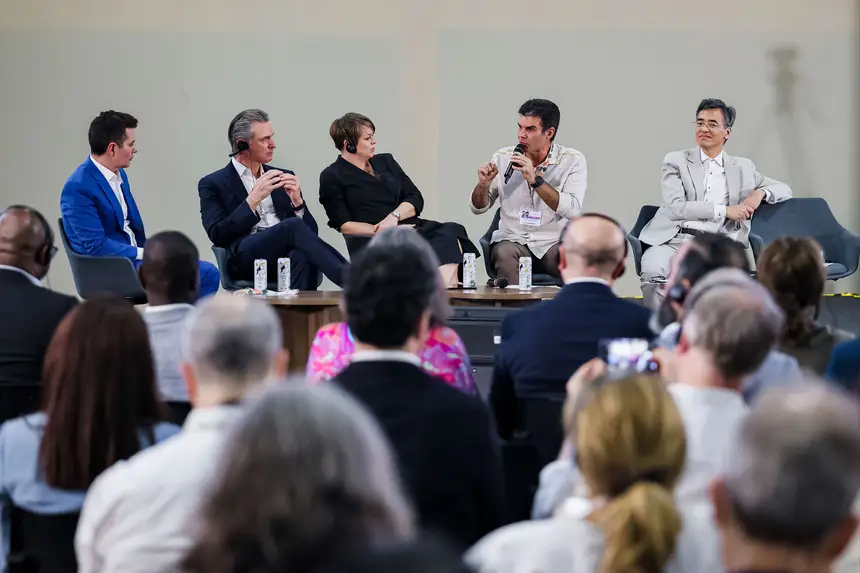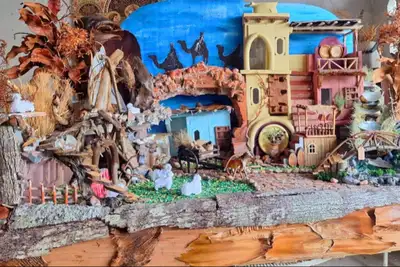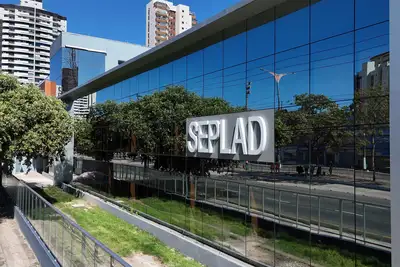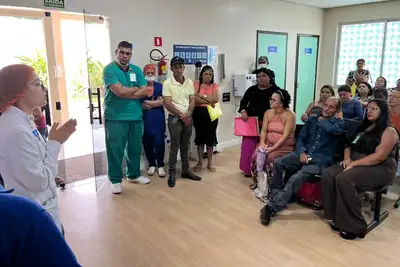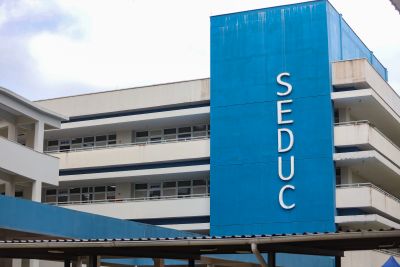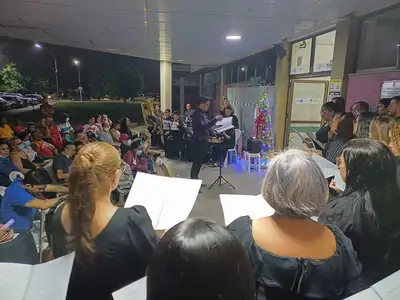Helder Barbalho advocates for climate justice focusing on cities and highlights the role of the Amazon at COP30
At a Ministerial Meeting on Urbanization and Climate Change, the governor of Pará reinforced adaptation with urban solutions, protection for the peripheries, and financing for the Global South
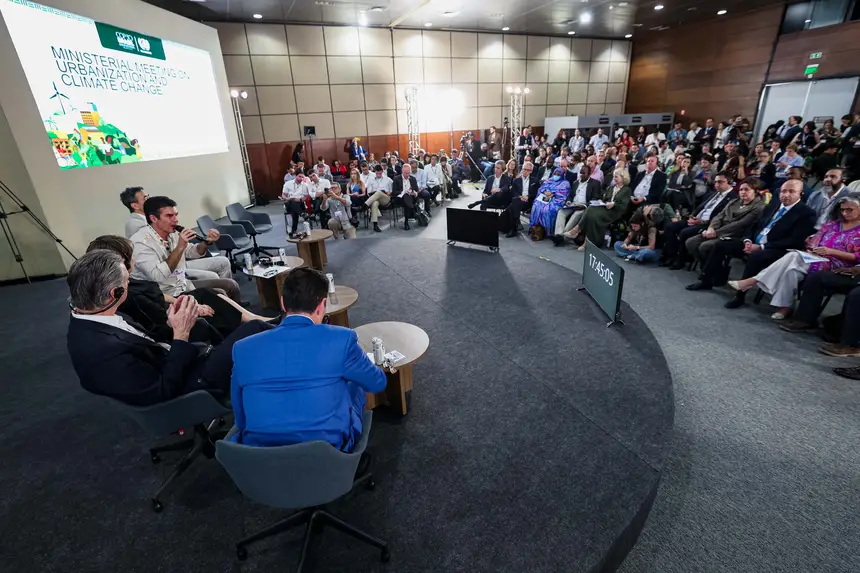
During an agenda held within the framework of the 30th United Nations Conference on Climate Change (COP30) this Tuesday (11), the governor of Pará, Helder Barbalho, stated that the climate transition will only be effective "if it first looks at where people live." He argued that climate justice and social justice go hand in hand, with urgent investments in sanitation, low-emission mobility, and green spaces, especially in the Amazon, where the impacts are felt most harshly by low-income populations.
The speech took place during the High-Level Closing Plenary Session of the 4th Ministerial Meeting on Urbanization and Climate Change, part of the "Global Effort" of COP30. The session was organized by the Presidency of COP30, in conjunction with the Ministry of Cities and the United Nations Human Settlements Programme (UN-Habitat), with support from the United Nations Framework Convention on Climate Change (UNFCCC), the Local2030 Global Coalition, the Coalition for High Ambition Multilevel Partnerships (CHAMP), the Local Governments and Municipal Authorities Constituency (LGMA), and the Baku Continuity Coalition.
The meeting in the Blue Zone brought together ministers, governors, mayors, community leaders, and international partners to consolidate results and reinforce the role of cities and regions in implementing the third generation of Nationally Determined Contributions (NDCs 3.0) and in fulfilling the Paris Agreement.
Amazon as the axis of climate transition
In his closing speech, the governor highlighted the historical significance of holding the conference in Belém. "The symbolism of holding COP in the Amazon sheds light on the challenge of reconciling nature preservation with the needs of those who live here," he stated. For him, this choice makes visible a reality that is often rendered invisible: "The largest tropical forest in the world coexists with complex urban centers, and the world needs to understand this reality."

Helder Barbalho positioned cities as the axis of adaptation. "In Brazil, 86% to 87% of the population lives in cities. In the Amazon, half of the people live in challenging urban centers. We need sewage solutions, water, green areas, and clean mobility to reduce pressure on the forest and ensure well-being." By relating climate and daily life, he emphasized that global decisions only materialize when they reach the neighborhood, the riverside community, and the urban periphery.
The governor emphasized that Belém is already making progress related to preparations for COP30. "We are expanding sewage treatment infrastructure, reinforcing water supply, implementing low-emission public transport, and executing a reforestation plan. An Amazonian city that needs, paradoxically, to recover shade and thermal comfort." According to Helder, the structural works aim to reduce vulnerabilities and create resilience in the face of extreme flooding and heatwaves.
Financing and global co-responsibility
Helder called on the international community to share responsibility for climate financing. "Carbon is emitted in large centers and high-emission economies. This makes us ask what the role of the Global North is in supporting the Global South. Climate justice without social justice does not exist. It is urgent to finance urban solutions that protect the peripheries," he stated. For him, ensuring predictable and accessible resources is a condition for developing countries to deliver results at scale: sustainable cities, inclusion, and emission reductions.
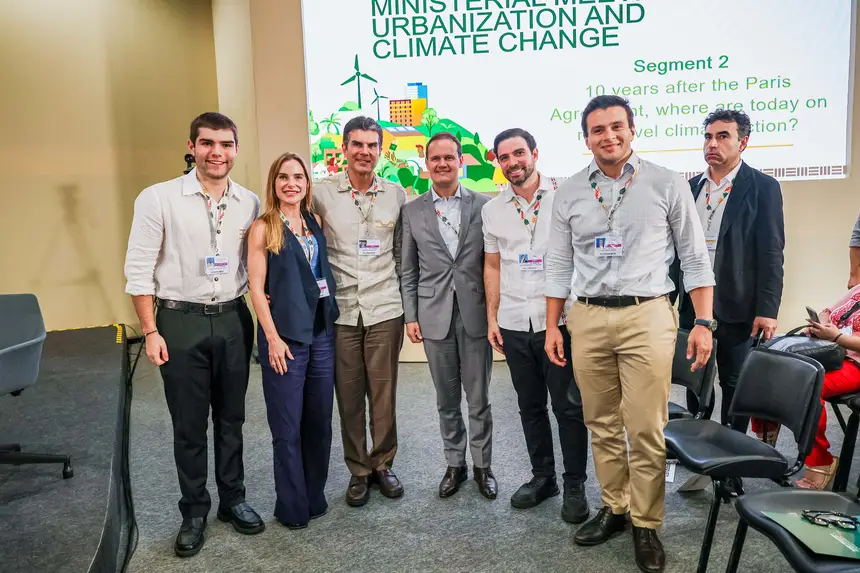
In conclusion, the governor highlighted that "the impacts of climate change primarily affect those who are not responsible for the rise in temperature. It is the periphery that floods, that runs out of water, that lives with accumulated waste. Preparing Amazonian cities is to protect people, forests, and rivers at the same time." Helder reinforced that the urban agenda must remain central in the next stages of the global climate process, connecting goals to the Sustainable Development Goals through concrete deliveries in the territories.


